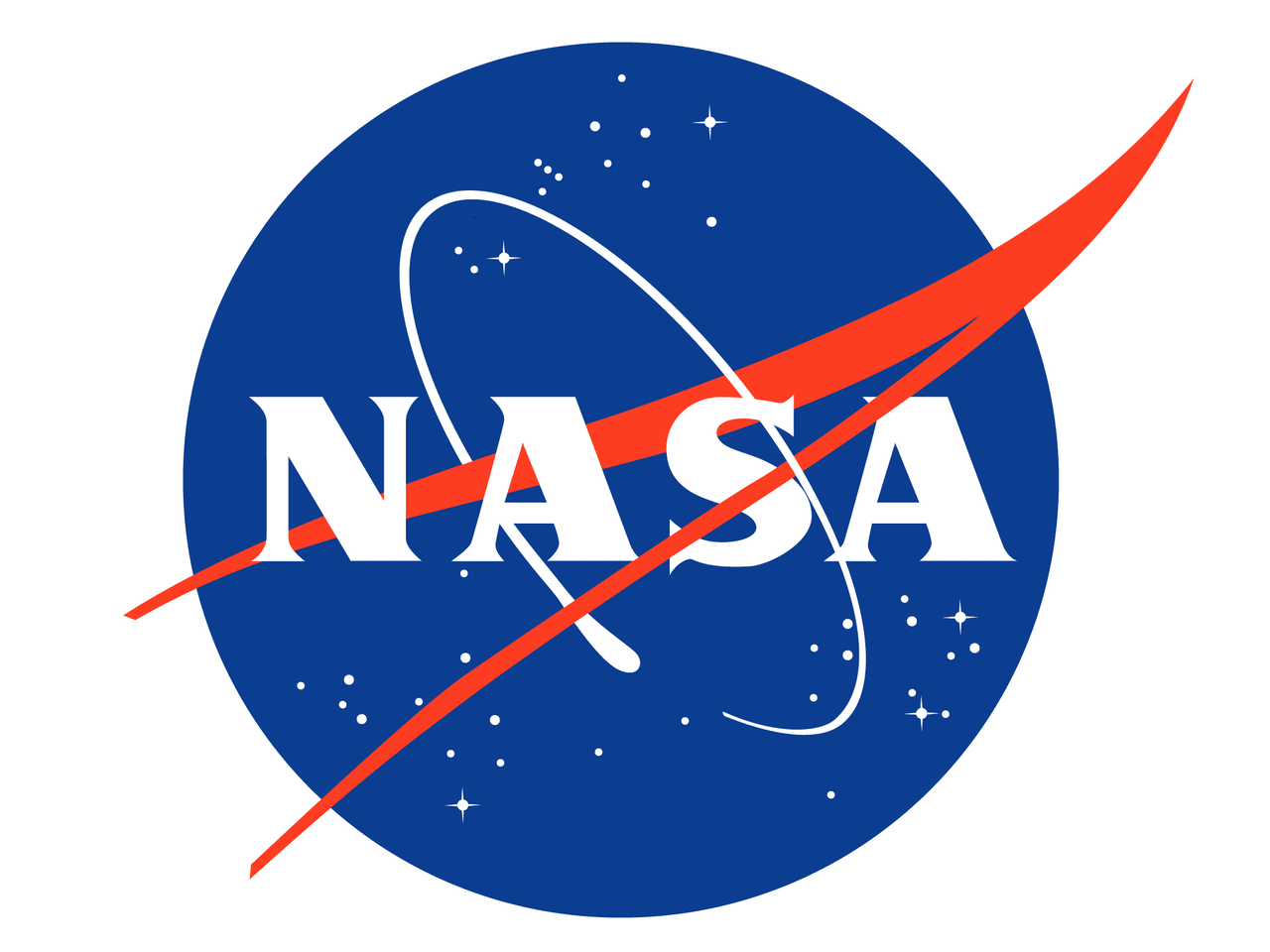8 Tips to Win the NASA Langley Student Art Contest
As a high school student, one of the best ways to highlight your abilities in front of college admissions officers is to showcase your participation or success in competitions relevant to your interests. This is especially true for contests where you can add your work, such as art, directly to your profile.
If you’re someone who has both artistic talent and a passion for STEM, then this blog post is perfect for you. Keep reading as we explore what makes the NASA Langley Student Art Contest a unique experience and offer some tips to help you stand out.
What is the NASA Langley Student Art Contest?
Hosted by NASA’s Langley Research Center in Hampton, Virginia, the NASA Langley Student Art Contest is an annual competition that invites K-12 students to use their artistic talents to envision the future of science, aeronautics, and space exploration.
Each year boasts its own theme for submissions; for the 2024 contest, the theme was "Connect the Dots," which encouraged participants to explore the connections between art, science, and technology.
This free-to-enter contest is a great chance to display your creativity while showcasing your understanding of NASA's contributions to space exploration.
Is it prestigious?
Thanks to its association with NASA and its free entry, the NASA Langley Student Art Contest attracts hundreds of talented students from across the U.S., with the past few years seeing around 700 to 1,200 entries. However, each grade only sees four winners!
There’s just one grand prize overall, meaning less than 0.1% of entries actually win! The prestige that accompanies victory in a national talent competition hosted by the world’s top space exploration agency is significant.
Even if you don’t win, every entry is displayed on NASA Langley’s Flickr page, providing visibility. Winning a prize here would be a huge achievement for your profile. However, since there’s no direct reward beyond recognition, the prestige has its limits.
Who is eligible to apply?
This contest is incredibly accessible, with just two main requirements for eligibility:
You must be in grades K-12.
You need to attend a public, private, parochial, or homeschool in the U.S.
Children of U.S. military personnel stationed overseas can also participate.
How does the application process work?
In keeping with the theme of accessibility, the application process is also quite straightforward.
Your piece must be original and created by hand. No AI-generated or manipulated images are allowed.
You can submit a fully original digital artwork as long as it's created from scratch.
Only one submission is allowed per student.
Your artwork needs to be uploaded as a high-resolution .jpg or .png file (minimum 2400x2400 pixels) and under 5MB.
The submission window for the 2024 iteration opened on December 1, 2023, and closed on December 31, 2023, at midnight EST. Expect that 2025 might be similar.
Your actual submission needs to be made by a parent, legal guardian, or teacher, with a signed permission form.
How is the NASA Langley Student Art Contest structured?
You need to ensure that your submission aligns with the contest’s theme for that year – for example, "Connect the Dots" for 2024. Your artwork should also creatively reflect your vision of the future of science and exploration.
You can submit a:
Drawing (pencil, charcoal, colored pencils)
Painting (oil, acrylic, water-based)
Mixed media or collage
Digital art (original work)
NASA helpfully provides some inspiration to help get you started:
Explore flight
Explore Earth
Explore the Moon to Mars
Entries are judged on:
Originality
Interpretation of the theme
Creative techniques
Overall appearance
Prizes include First, Second, Third place, and Honorable Mention for each grade, with a grand prize winner selected overall.
8 tips to help you succeed
1. Engage with the theme of the year.
Take a thorough look at NASA’s ongoing missions and future plans to understand how they tie together science and exploration. Incorporate this into your artwork. Research NASA’s current projects for inspiration.
2. Review previous winners' works.
Study past winning entries to see how students interpreted themes and integrated scientific elements. The NASA Flickr Art Gallery is a good place to start.
3. Balance creativity and scientific accuracy.
While creativity is key, ensure your work accurately represents scientific concepts. Use NASA’s educational resources to blend factual accuracy with artistic vision.
4. Pay attention to detail and technique.
Precision is important, whether you’re drawing a spacecraft or a planet. Fine-tuning these elements can elevate your submission. Consider using space-themed art tutorials to refine your skills.
5. Tell a story with your art.
Try to weave a narrative into your piece, like the journey of a satellite or a future space mission. This storytelling aspect can make your artwork more memorable. For inspiration, check out NASA’s Solar System Exploration page.
6. Get feedback
Before submitting, ask for constructive criticism from an art teacher or professional. Their feedback can help you polish your submission.
7. Follow the guidelines carefully.
Make sure you meet all submission requirements, including file size and format. Double-check the rules to avoid disqualification.
8. Use NASA’s visual resources.
Take advantage of the vast collection of images and videos available in NASA’s media libraries for inspiration and accuracy. The NASA Image and Video Library is a goldmine for artists.
Conclusion
The NASA Langley Student Art Contest offers a wonderful platform to showcase your artistic skills and passion for science. Participating helps demonstrate your interest in both STEM and the arts, which can set you apart in future college applications. Winning, of course, solidifies your talents among a pool of talented students. Regardless of the outcome, this is a valuable experience and an incredible opportunity from NASA.
Are you looking to start a project or research paper in the field of AI and ML? Consider applying to Veritas AI!
Veritas AI is an AI program designed for high schoolers and founded and run by Harvard graduate students. The program aims to allow students to create unique projects in the field of AI. Participants will get to learn more about AI from researchers and experts and work 1-on-1 with mentors from Harvard, MIT, Stanford, and more. In just the past year, we’ve had over a thousand students learn with us! You too can apply!
Image Source - NASA Logo

